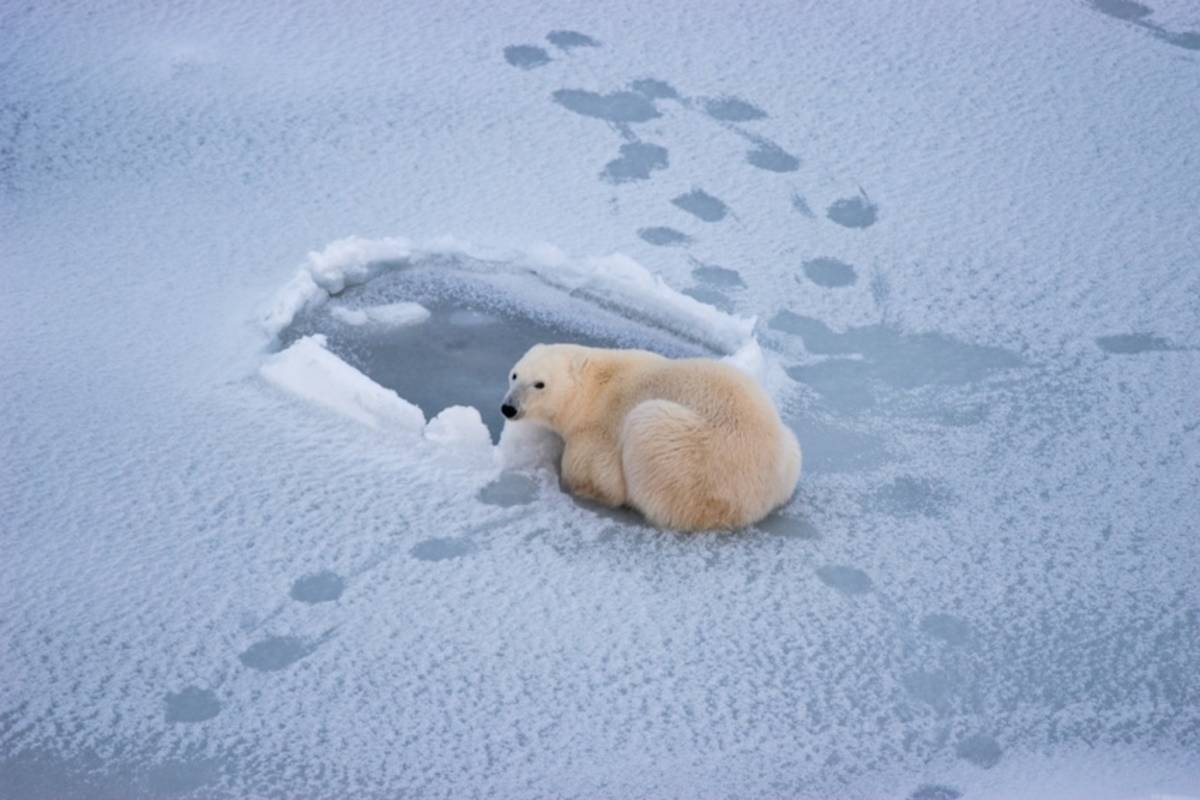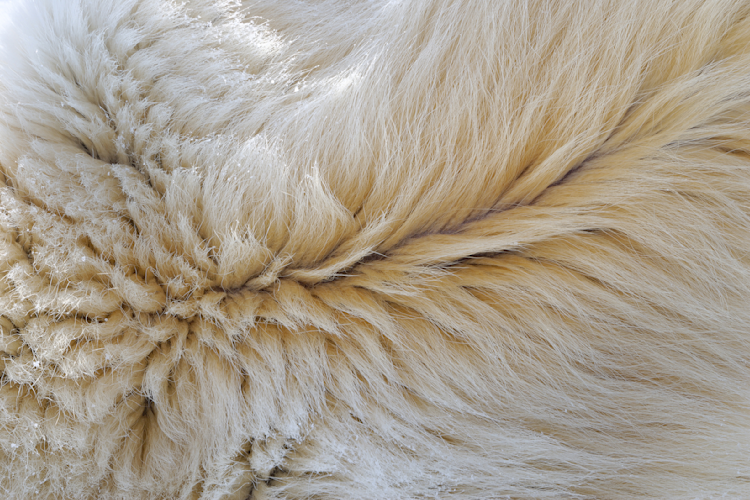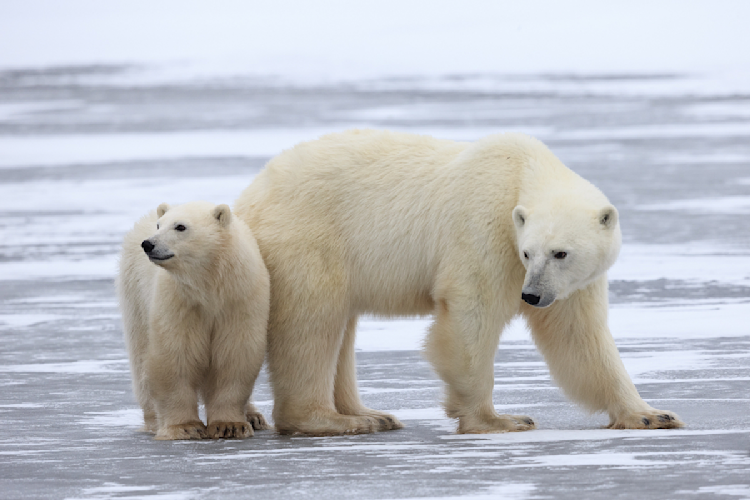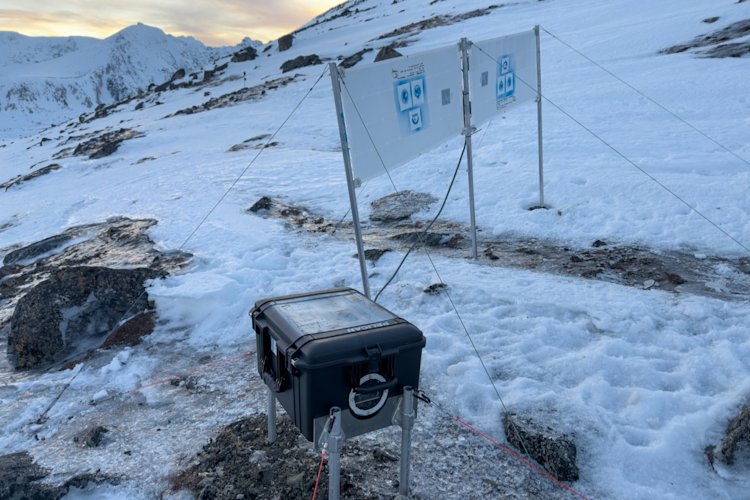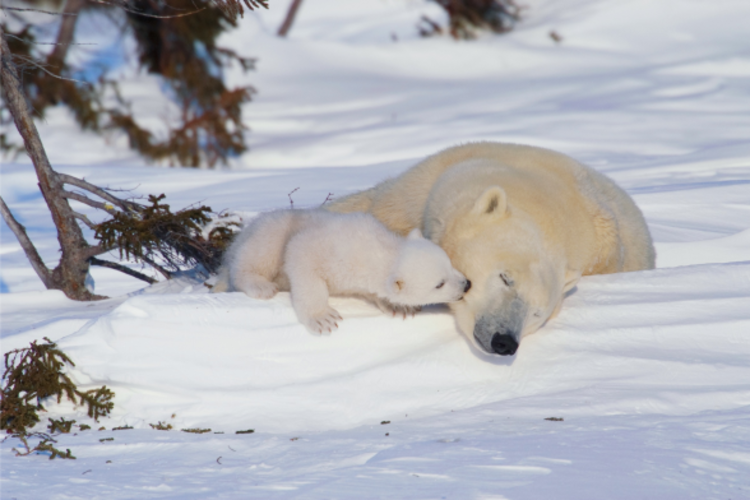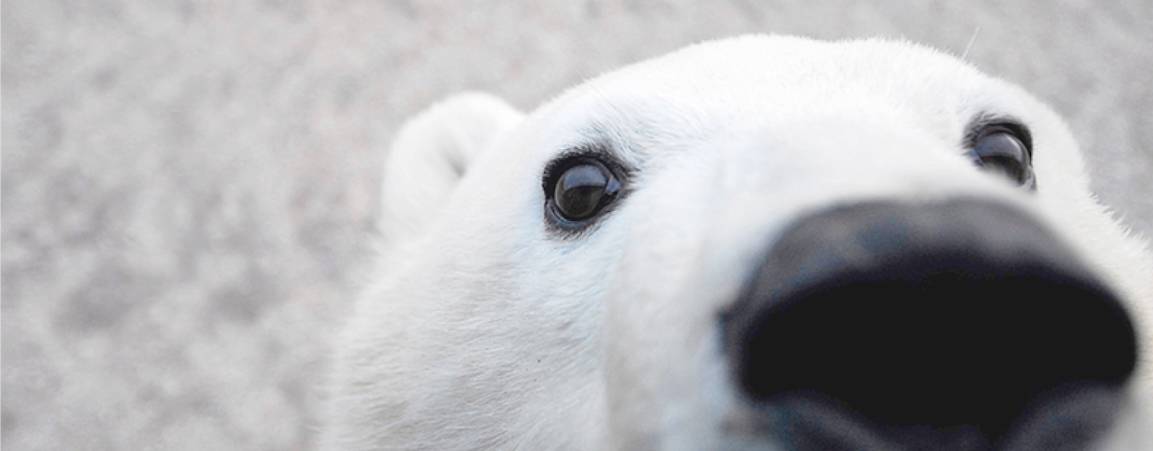New research gives us a fresh glimpse into polar bears’ life on the sea ice, where the bears are most difficult to access and study.
Researchers weighed and re-weighed bears from the Southern Beaufort Sea and Lancaster Sound regions throughout the spring, a time when they’re assumed to be feeding heavily on fat-rich seals.
Dr. Louise Archer, one of the authors of the study, shares what they learned:
Polar bears can gain or lose a lot of weight over short time frames, even when seals are available.
“We found much more variation in weight changes than we expected. Some bears lost weight, while others gained a lot of weight. The amount of variation was impressive, ranging from one bear that lost 61 kg (134 lbs), to another that gained 33 kg (73 lbs). It appears that short-term differences in hunting success can dramatically change the weight of bears. Interestingly, older bears tend to gain more weight. It might be that they are better, more experienced hunters.”
The peak feeding period might be a little later than previously thought.
“Polar bears are assumed to do most of their hunting from spring into summer, when seal pups are available. Our study showed that the summer period might be more important for hunting than previously assumed because many bears lost weight from late March through mid-May. This could be because bears are busy breeding, seals are not yet easily accessible, or because of differences in hunting skill, all of which might contribute to these differences in body weight.”
When sea ice breaks up earlier in the summer, polar bears may be more vulnerable than we thought.
“This study really shows how important these capture-recapture projects are to our understanding of polar bears. Earlier break up of sea ice in the summer means polar bears miss out on a really key period to build up their all-important fat reserves.
To retain as much summer sea ice as possible, we’ll need bold climate action and a shift away from fossil fuels.”
